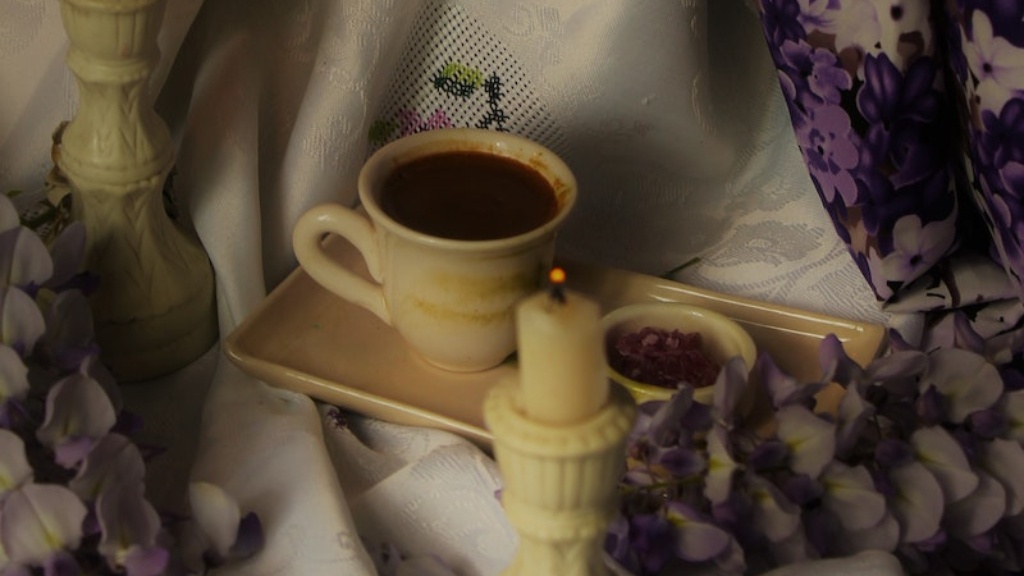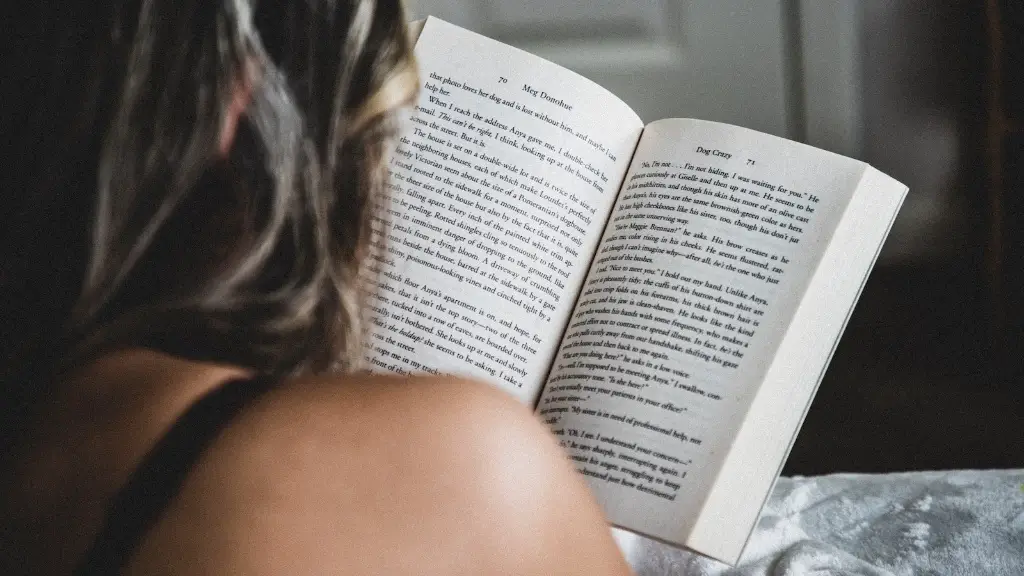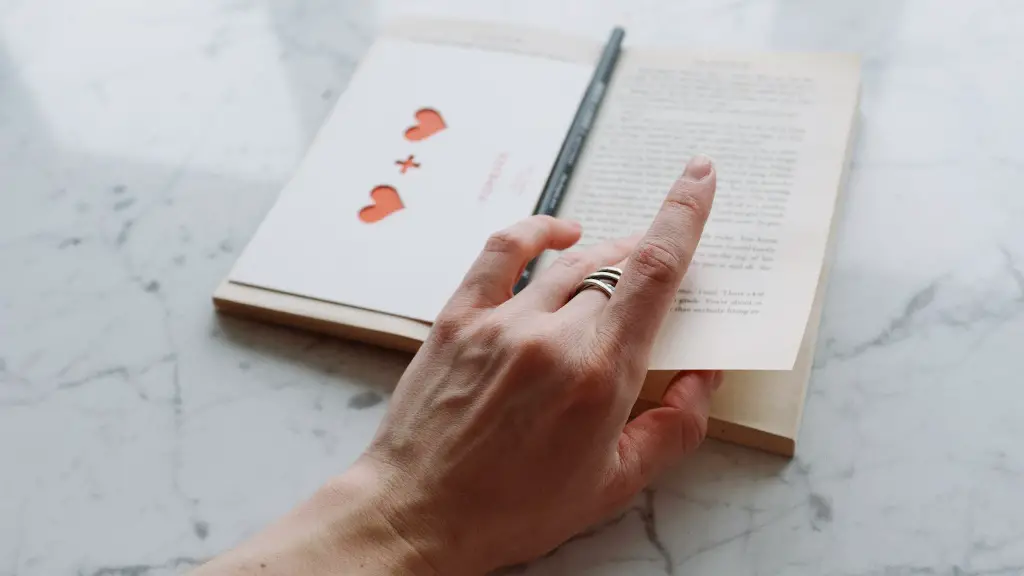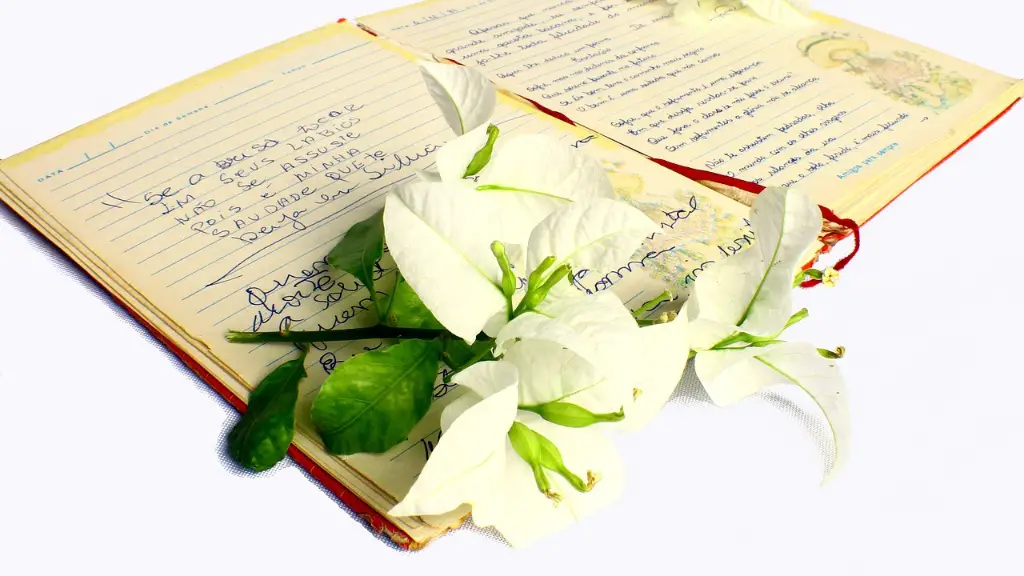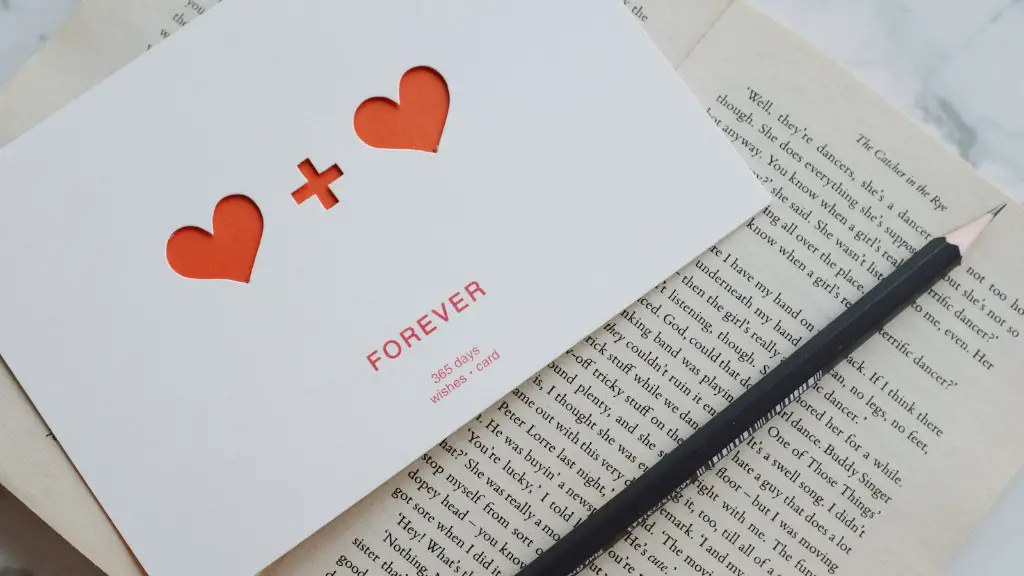What Do We Call Sentences In Poetry?
Often it is tricky to know what to call the sentences contained in a poem. The nature of poetry opens it up to a variety of interpretations, and this includes how to work out what type of sentence contained within the lines. After all, a poem isn’t like prose, with its logical structure of beginnings and ends. Rather, poetic language gives more room for creativity, leaving poets to assemble words into expressions of thought, emotion, and story.
Generally, though, sentences in poems fall into one of two categories: free verse or traditional. Free verse is typically employed to capture the immediacy of an experience, emotion, or sentiment. It gives writers the opportunity to express ideas informally and allows for play with the syntax and structure of sentences in a poem. Typically, free verse is seen as more liberating than traditional forms of writing and includes the use of such techniques as run-on lines, broken lines, and enjambment.
On the other hand, we have traditional poetic forms, such as sonnets, sestinas, ghazals, and villanelles. These are the most traditional type of poetic form, using specific rhyme schemes, repetitions, and other devices. Traditional poetic forms are prescribed in their lengths and in the type of metaphors and metrical devices used, and thereby do not allow as much freedom of expression as in free verse.
Poets may also combine both free verse and traditional poetic forms in order to make their work more original and to better express their ideas. This approach allows for the mixing of traditional sentence structure with free verse, resulting in a richer, more complex poem. For example, a poet might choose to use traditional iambic pentameter for the first three lines of a poem, yet then switch to free verse for the remainder of the poem.
In addition, there is a lot of scope for variation in poetic sentence structure. Poets may choose to alter their sentence structures, making use of sentence fragments, duplicated words, and pauses to emphasize certain lines. They might also use such techniques as end-stops, internal rhyme, and enjambment to create a unique rhythm and melody. All of this is just another reason why poetry is such a powerful art form.
Regardless of the type of sentences used, words and language are fundamental to poetry. Through carefully selected words, poets reflect how they feel, how they view the world, and what they believe. Careful use of language in poetry has the power to discover truths, excavate emotions, and evoke feelings and meanings that reach far beyond the literal connotations of the words used. Through the use of poetic syntax, poets can open up language to new possibilities and interpretations.
Free Verse Devices
One common device typically used in free verse is known as enjambment. This is when the poet deliberately breaks up a sentence between two lines in order to convey a feeling of movement, of forward-looking progression, of emotion. In other words, enjambment is when the thought continues from one line to the next, which can help to create a feeling of momentum and substance to the verse.
Run-on lines, (or the absence of punctuation) are also seen as central to the free verse approach. A run-on line amplifies the flow and rhythm of the poem, allowing the poet to express their thoughts without the interruption of punctuation. It also allows the reader to interpret the poem more flexibly and understand the full implications of the line.
Another device used in free verse is the repetition of words or phrases. Repetition helps give a poem momentum and structure, and often plays an important role in conveying emotion. It can be used to build tension, or to emphasize a certain idea or concept. Because of the unpredictability of free verse, repeat words or phrases provide the necessary foundations that allow a reader to understand the poem.
In addition, it isn’t uncommon for a poet to vary their phrasing, emphasizing key words or concepts. This enables the reader to comprehend the poem in the manner desired by the poet. Variations can be achieved by using alternative phrasing, the repetition of words, or using alternative word order or grammatical structure.
Traditional Poetic Forms
As mentioned before, traditional poetic forms are prescribed in their length and structure. The most common structures include sonnets, sestinas, villanelles, and ghazals. As a rule, traditional poetic forms have a distinct rhyme scheme and usually have a specific meter as well.
One of the most common traditional poetic forms is the sonnet. A sonnet is a fourteen-line poem that usually has a rhyme scheme of A-B-A-B for its first eight lines, and then C-D-E-C-D-E for the remaining six. The structure of the poem is also highly stringent, with each line having 10 syllables. Sonnets often deal with subject matter such as love, beauty, immortality, and death.
A sestina is another popular numeric poem, consisting of four stanzas of six lines with a finale stanza of three lines. There is a definite rhyme pattern in a sestina and the words used in the first stanza repeat at the end of each of the following stanzas in a set order. The concluding stanza includes all six of these words in the same order of the first stanza.
The villanelle is a nineteen-line poem that usually uses the same two lines of end rhyme for the concluding lines of its first five stanzas and its concluding stanza. Villanelles often use a strict A-B-A rhyme pattern and deliberately do not reveal the same phrase until the conclusion of the poem. The aim of a villanelle is to create a heightened sense of tension that builds towards a climax at the end of the poem.
Finally, there is the ghazal. Ghazals are composed in two-line forms known as sher and the poem usually consists of an odd number of verses that link together in a loose structure. A ghazal typically has a repeating rhyme of AA-BB-AA-BB and the lines alternate between couplets. Ghazals typically deal with themes such as love, friendship, nature, and mortality.
The Role of Language
As we have seen, language takes on an immensely important role in any poem. Poets must carefully select particular words, phrases, and sentence structures in order to create meaning within their writings. This is a central element of poetic expression, and it is often through this craftsmanship of language that poets are able to convey their desired message to the reader.
Of course, in order to comprehend the importance of language in poetry, one needs only to look at the work of some of the great poets of our time. From William Shakespeare to Emily Dickinson and Sylvia Plath, these poets use language to explore, discover, and illuminate emotions, feelings, and ideas in an incredibly unique way.
From the basics of poetry to the complexity of contemporary productions, poetry is a versatile artform and sentence structure plays an integral role in this. Not only does the textual syntax have the capacity to create a lasting impression, it can help evoke meaning and emotion for the reader, if used correctly.
Importance of Syntax
Syntax is the fundamental component of a poem’s structure. The ability of words, sentences and phrases to convey a particular meaning, to spark an emotion, to allude to a certain concept – all of these are built on the foundations of a poet’s syntax.
The key role of syntax in a poem lies in the way it allows a poet to express their story, thoughts, feelings and experiences. Syntax is the tool that a poet has at their disposal to create their desired effect on the reader. Whether it is to convey deep, emotion driven descriptions or to tell an intricate story, the successful use of syntax is essential if a poem is to convey its intended message.
Syntax is also the way a poet can create a rhythm and melody to their words, through the use of such devices as alliteration, metaphor, puns and similes, among others. This serves as an additional layer to the poem’s structure, allowing the poet to use language as a form of musical expression.
Likewise, this type of language can be used to convey a certain level of intensity and emotion in a poem, or even to completely alter the overall sentiment of a poem. Through this they can emphasize a particular point, or play with the reader’s emotions, both of which can help to achieve the desired effect.
Creating Meaning
Essentially, syntax is the fabric that holds a poem together, and more often than not, it is through the use of syntax that the poet is saying what he/she wants to say. The words chosen and the manner in which they are used give us a glimpse into the poet’s being, of the person’s intrinsic thoughts, feelings and desires to express themselves in a manner that only language can.
Sentences in poetry have their own power to convey a story, a message, an emotion, a feeling and an idea. They should be used to create a certain effect on the readers, by creating an emotional connection with them, or by provoking thought or reflection.
As a poet, it is important to be mindful of the way in which you use sentences in your work. Not only must choose your words with care, you also must combine them together in a way that conveys your intended message.
This is the beauty of poetry. It allows the poet to convey a thought or feeling without having to use specific words or phrases. Instead, the poet has the capability to create connections between the meanings of words in order to communicate something very sophisticated and deep.
Devices and Tools
Poetry is a form of artistic expression and therefore relies on the use of certain poetic devices and tools to make its point. Often sentence structure is the vehicle by which a poet conveys their desired sentiment. It is typically through the careful arrangement of words into phrases and sentences that a poet is able to accurately convey his or her thoughts, feelings and emotions.
Part of the skill of a poet is to recognize the power of language and use it to maximum effect. As with any language, certain words have the capacity to move us, to make us think, to make us feel. And it is this capability that makes poetry such an effective method of expression.
Poets must utilize their understanding of syntax and language to string together sentences that create meaning. They must also use poetic devices to simultaneously entertain and entrance the reader. From metaphor and alliteration to repetition and imagery, these tools provide the necessary foundations that enable poets to tell their story.
Conclusion
In conclusion, we can see that the sentences contained in a poem can take a variety of forms, depending on the desired tone of the poem. However, language plays a crucial role in giving the poem meaning, and therefore it is essential that poets use words that accurately convey their message. Tools such as sentence structure, syntax and poetic devices are used by poets to create a palpable sense of emotion for their readers, and as such, it is important for poets to understand and appreciate the important role these tools can play in giving a poem its life.
